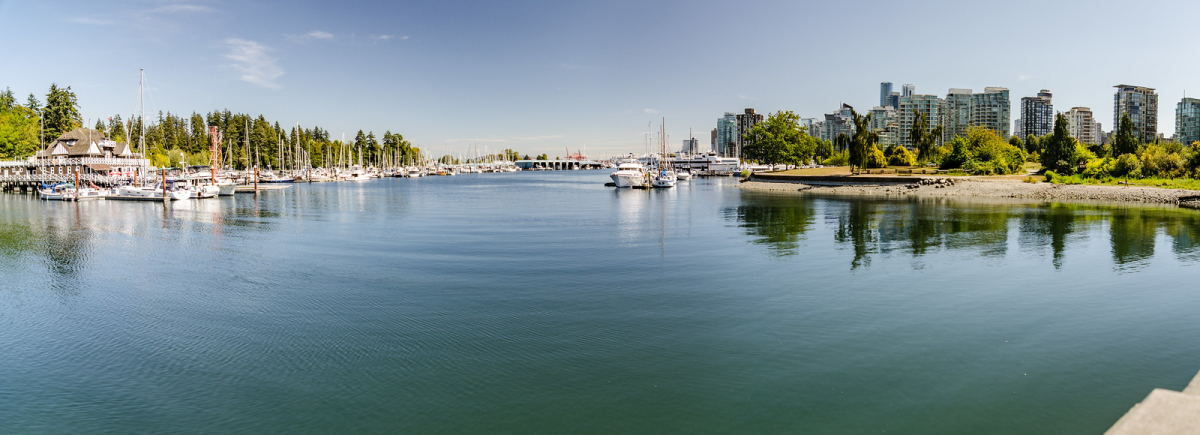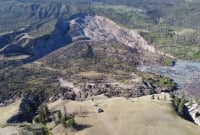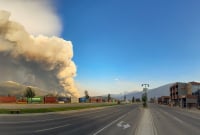Support strong Canadian climate journalism for 2025
This story was originally published by The Guardian and appears here as part of the Climate Desk collaboration.
A reduction in temperature of 0.5C may not sound like much, but with cities getting hotter as the climate warms, it could save the lives of elderly people and young children.
The urban heat island effect, which raises temperatures in cities by 2 to 3C because the sun’s rays are absorbed by roads, roofs and other hard surfaces, is already making life uncomfortable for millions worldwide and causing an increasing number of deaths.
Some cities, acting on scientific advice, have been combating this trend by planting trees in urban areas, replacing tarmac with grass wherever possible, painting buildings white to reflect the sun and creating as much space for vegetation as they can.
Now scientists have discovered that what grows on the land surrounding the city also makes a difference to the temperature in the centre. The reason is that the heat island effect produces low pressure in the city centre. The hot air rises and relatively cooler air from the surrounding countryside is drawn in.
Studying 30 cities with different characteristics, the scientists found that those with belts of trees and large lakes on their borders drew in cooler air that helped reduce the city centre temperature by 0.5C. Grassland and arable crops had a lesser benefit.
It makes a good case for ringing cities with parks.




Comments
This is an extremely superficial article which isn't fit for purpose and not of benefit to reproduce, IMO.
"...painting buildings white to reflect the sun and creating as much space for vegetation as they can."
I understand the difference between reflecting, and absorbing, heat from the Sun's rays. Simply reflecting it downwards, however, as would occur with a vertical white facade, serves only to redirect the heat down to the street or whatever else is below. And if the facade walls are anything other than completely flat, unexpected barbecueing of passers by may result.
https://www.theguardian.com/artanddesign/2013/sep/06/walkie-talkie-arch…
A half degree savings in ambient air is undoubtedly beneficial, but when temperatures are peaking several degrees above norms, it's nothing to celebrate and hardly s solution.
https://science.gc.ca/site/science/en/blogs/science-health/surviving-he…
The solution is not to ring the fire with cool air; the solution is to put out the fire.
A correction is needed.
I said, "And if the facade walls are anything other than completely flat..."
What I ought to have said: "And if the facade walls are at all concave..."